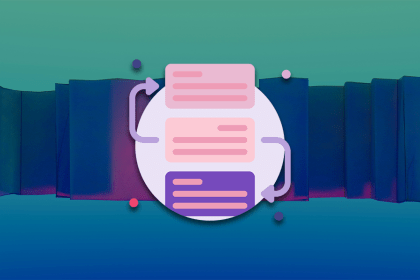This design process checklist for icons will guide you step-by-step, making it easier to design icons that enhance any interface.

Learn to design a CTA button with affordance, accessibility, aesthetics, and visual hierarchy in mind for an improved CTR.

Talking to the wrong people? That’s research gone wrong. This blog will talk about how you can craft your screener surveys to keep your data clean and your findings on point.

Explore the advantages and disadvantages of using tabbed navigation to organize content in your user interface, as well as best practices for implementing tabs and their labels.

UX design thrives on clarity. And Miller’s law helps do just that for your users. In this blog, I talk about how 7±2 works, and how the best UI/UX designs use it silently. Less is more, after all.

It’s lesser known, but brands simplify decision-making for users who settle for “good enough” instead of the perfect choice. In this blog, I do a thorough analysis of what brands use satisficing and how, and which ones don’t.

Adobe XD is Adobe’s version of Figma – but does it match up? This blog is an attempt at decoding the good and bad of both, and figuring out which one is best used for which use case.

Subscription pages are meant for users and businesses, and they should work well for both parties. This blog is a thorough discussion of what’s best and what’s not when it comes to designing subscription pages.

Call it what it is. Product designers and UX designers have unique roles, even if their titles often get swapped. In this blog, know the difference and own your expertise.

Let’s take a look at what accordion menus are, why they can be a problem for UX designers, and best practices for using them.

Search bars are more than icons and inputs — they can be a retention magnet or a churn trigger. Sharing my tried-and-tested search bar design principles in this blog!

Are your colors clashing or cohesive? In this blog, I talk about clashing colors, their impact, and how you strike the perfect balance with colors in your designs.